In today's fast-paced world, effective navigation is critical for both individuals and businesses. As urban areas grow and develop, the need for clear and efficient wayfinding becomes increasingly important. These navigation signs not only help people find directions, but also play an important role in improving the overall experience of the business district. A recent wayfinding project launched at a local campus is a great example of how thoughtful signage can create a welcoming environment that ultimately benefits the surrounding commercial landscape.
The Importance of Wayfinding Signage
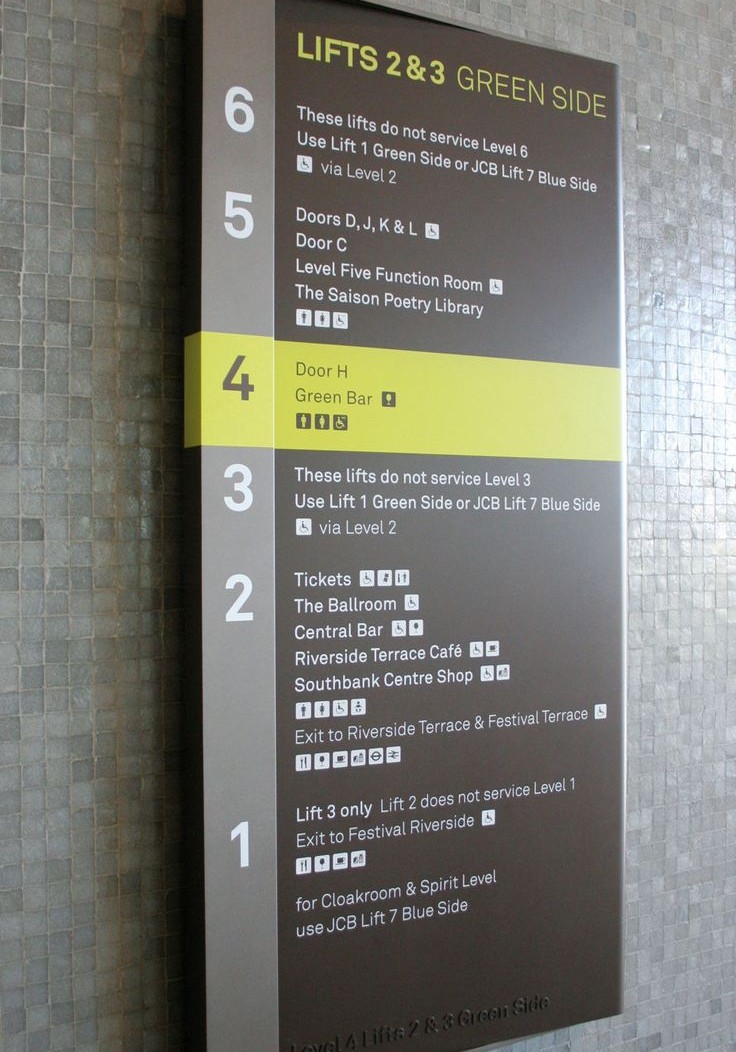
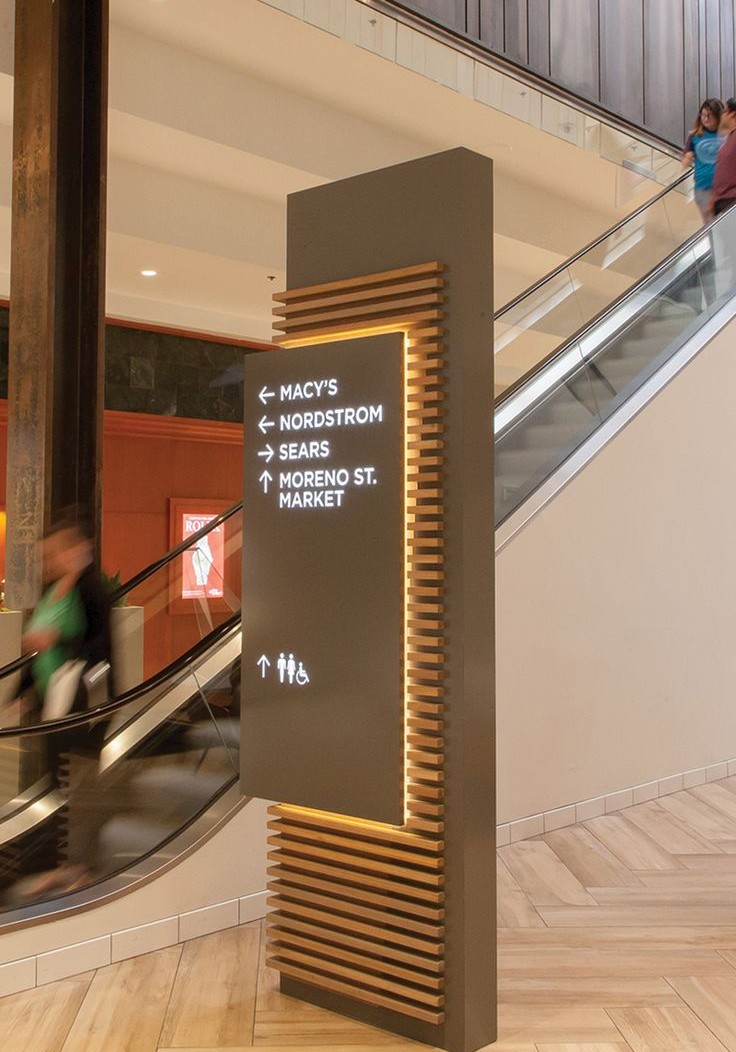
Wayfinding signage contains a variety of visual cues designed to guide people through complex environments. This includes directional signs, maps and information displays to help people navigate unfamiliar spaces. In commercial areas, effective wayfinding can increase foot traffic, improve customer satisfaction and enhance a sense of community.
The wayfinding project, which began last fall, aims to improve the campus's accessibility and responds to a call from senior leaders to "make the campus more welcoming." This initiative emphasizes the importance of creating a welcoming atmosphere for visitors, students and staff. By implementing clear navigational signage, the project aims to eliminate clutter and enhance the overall experience for everyone entering the campus.
Enhance accessibility
One of the main goals of wayfinding signage is to improve accessibility. In busy business districts, clear navigational signage can help individuals with varying mobility impairments find their way to essential services, shops and amenities. This is especially important for those who may not be familiar with the area or have specific needs.
Such as wayfinding projects on campus include features such as tactile maps and Braille signage to ensure that people with visual impairments can easily navigate the space. By prioritizing accessibility, businesses can attract a more diverse customer base, ultimately increasing sales and customer loyalty.
Create a warm environment
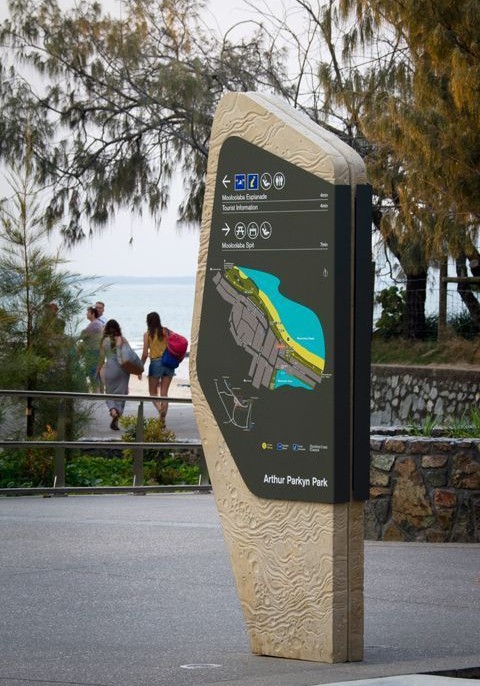
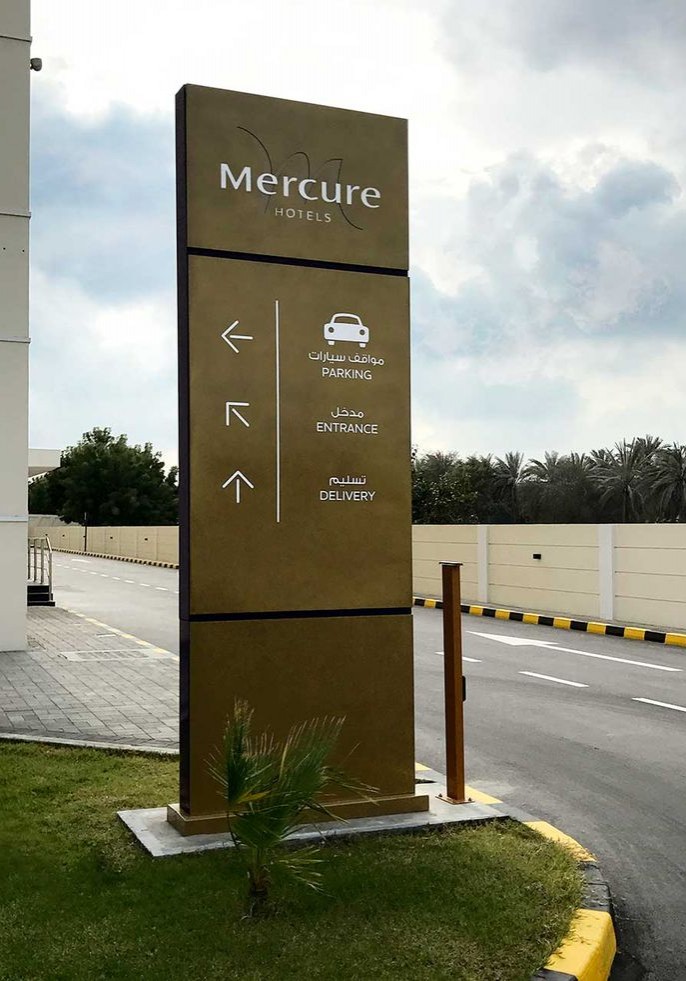
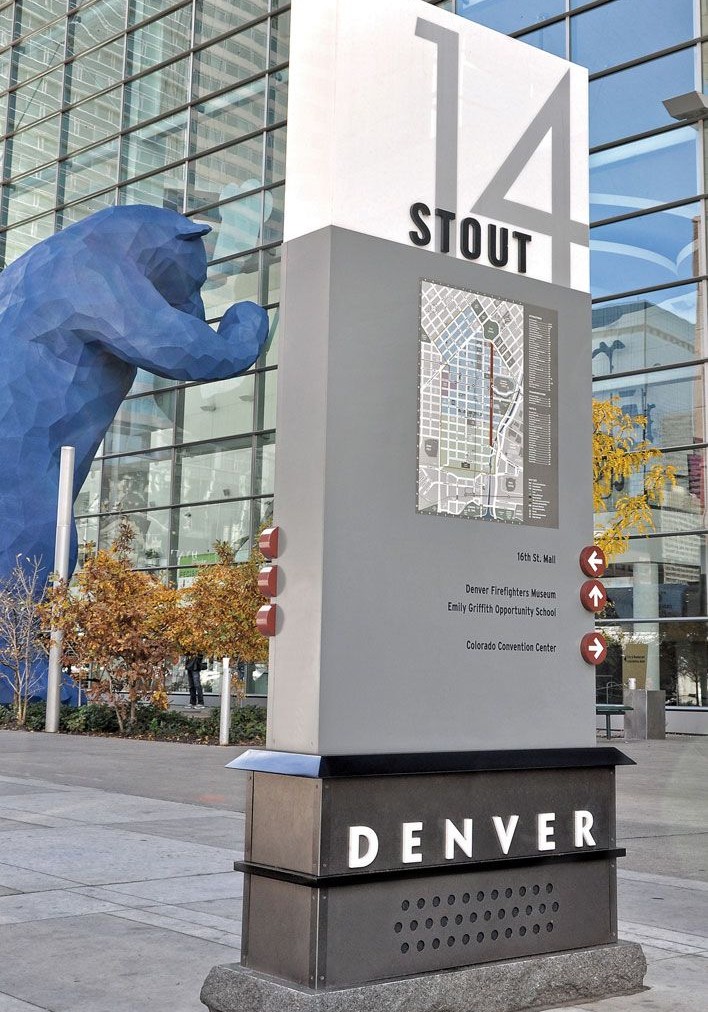
The aesthetic appeal of wayfinding signs cannot be ignored. Well-designed navigation signs can help enhance the overall atmosphere of a business district, making it more attractive to visitors. Recent campus projects have highlighted the importance of aesthetics in wayfinding, as signage is not only functional but also visually appealing.
When businesses invest in attractive wayfinding signage, they show potential customers that they care about their experience. This attention to detail fosters a sense of community and encourages people to explore the area. As visitors feel more comfortable in the space, they are more likely to spend time and money at local establishments.
Promote economic activity
The positive impact of effective wayfinding signage is not limited to individual businesses; it can stimulate economic activity throughout the region. When navigation signs are strategically placed, they can direct traffic to less visible stores and services, helping to level the playing field for all businesses.
For example, if a new cafe opens in a low-traffic area of a business district, clear wayfinding signage can direct potential customers to its location. Increased visibility can lead to more foot traffic, which in turn helps enhance the overall economic vitality of the area. Wayfinding projects across campus aim to have a similar effect by ensuring that all facilities, from dining options to recreational areas, are easily accessible.
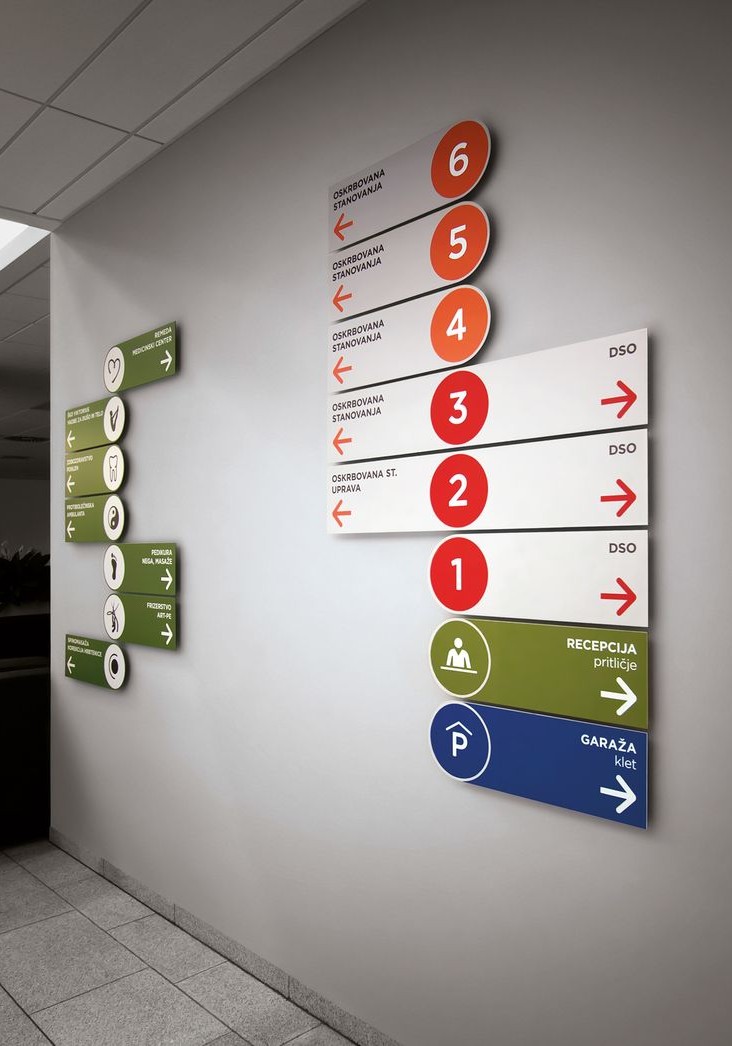
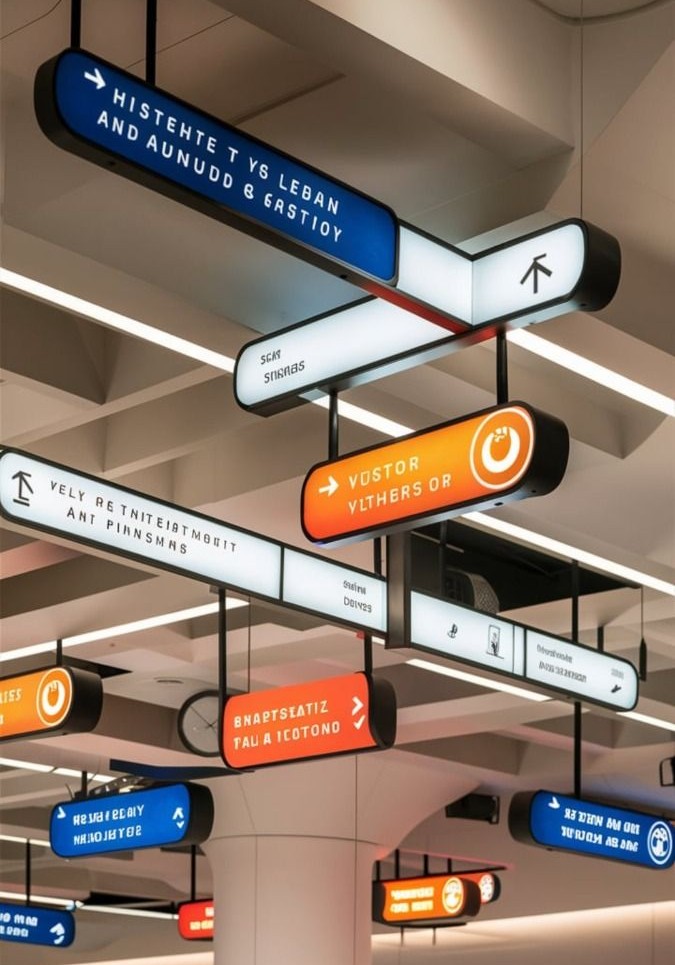
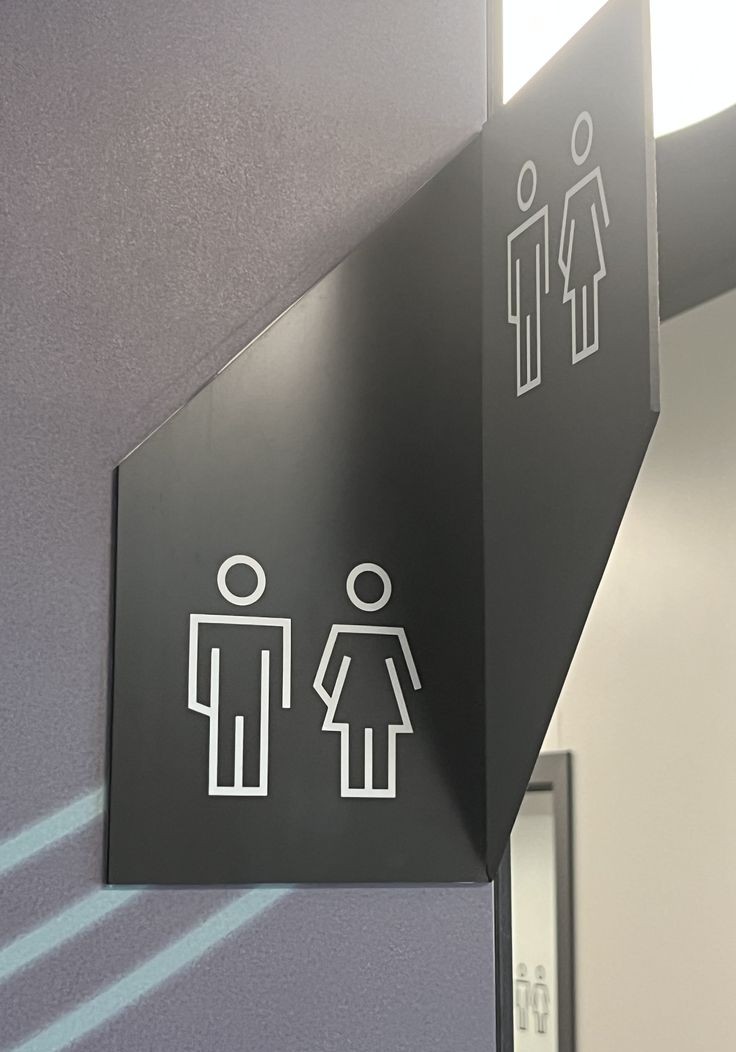
Promote community engagement
Wayfinding signage can also play a role in promoting community engagement. These signs encourage residents and visitors to get involved in the community by providing information about local events, attractions and services. Wayfinding projects on campus include digital displays that update information about upcoming events, workshops and exhibitions.
This not only enhances the visitor experience but also strengthens connections between businesses and communities. When people feel connected to their surroundings, they are more likely to support local businesses and participate in community events. This sense of belonging can make business districts more vibrant and prosperous.
Customization and Versatility
Integrating effective wayfinding signage into business navigation is more than a practical necessity; it is a strategic investment in the future of the business district. Recent campus wayfinding projects demonstrate that thoughtful navigational signage can have a profoundly positive impact on accessibility, aesthetics, economic activity, and community engagement.
As urban areas continue to grow and develop, businesses must realize the importance of creating a friendly environment for all. By prioritizing wayfinding signage, they can enhance the overall experience for visitors and residents, ultimately creating a more prosperous and connected community. In a world where navigation can often be frustrating, clear and effective wayfinding signage can make all the difference.
If you are interested in us, please contact us
Phone:(0086) 028-80566248
Whatsapp: Sunny Jane Doreen Yolanda
Email:info@jaguarsignage.com
Post time: Oct-21-2024













